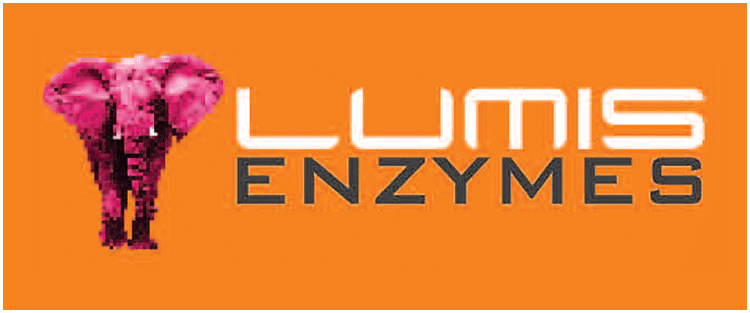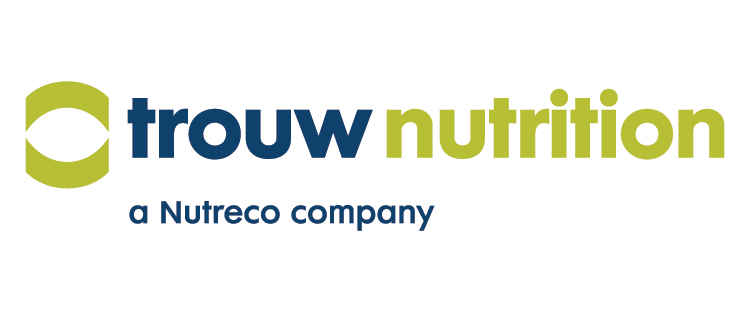
Experimental place; Aquaculture feed mill, Animal Nutrition Technology Center
INTRODUCTION
Aqua feed is one of the fundamental factors in aquaculture production cost, because about 60-70% of costs came from feed. In addition to feed, it affects the growth, livelihood and reproduction of aquatic animals. It also has an effect on water quality. In other words, feeding of adequate and good quality will help to maintain the water quality in the pond from affecting the outbreak of aquatic animal diseases. The water stability of aquaculture feed is important as it should be stable and dissolvable in order to stay in the water for a long time. The breakdown of the feed in the water can cause the water in the pond to feed waste water aquaculture animals. The process of aquaculture feed production has many factors that affect the water durability of the feed, including equipment used in production, conditions used in production such as temperature, humidity, pressure used to pellet and feed ingredients. The pellet binder makes the feed available in the market therefore it is durable in different water. Therefore, the appropriate amount of the pellet binder compound in the formula is important for the quality of aquaculture feed pellets and affect to the cost of feed production. Adding pellet binder that benefit the aquaculture feed from maximum feeding and reduce the loss, there is the least amount of waste that can be thrown out of the farm to the environment. Therefore, the efficiency of pellet binder products and variety of usage doses as well as their effects on the quality aquaculture feed productions were investigated in this study.
EXPERIMENTAL DESIGN
The feeds were assigned to four groups experimental. The experimental diets were formulated for extruder and pellet aquaculture feed production processes, and differ by pellet size, to meet the nutrients requirement which vary by the amount of fiber, starch, fat and protein, and each trial has a comparison of different types of pellet binders. For the feed production performances such as production conditions, feed appearances, feed soaked in water that will be the parameters used in these test, respectively.
Trial 1. Extruded herbivorous fish feed: High fiber & medium starch (Pellet size 6-7 mm)
Trial 2. Extruded herbivorous fish feed: High fiber & medium starch (Pellet size 10-11mm)
Trial 3. Extruded carnivorous fish feed: Low starch, high protein & high fat (Pellet size 13-14mm)
Trial 4. Extruded carnivorous fish feed: Low starch, high protein & high fat (Pellet size 13-14 mm)
RESULT AND DISCUSSION
Trial 1. Extruded fish feed: High fiber & Medium starch (Pellet size 6-7 mm), Starch sources: Cassava, Wheat gain.
Low quality ingredients: Palm kernel meal, Rape seed meal, Tapioca pulp.
The parameters feed performances such as production conditions, feed appearances, soaked in water for 40 minutes of fish feed with high fiber & medium starch (Pellet size 6-7 mm) over the trial 1 comparison of different types of pellet binder test in response to no different. BETABOND AQ (F-type) in only 1 kg/ton inclusion rate can be enough when compared to using Guar gum 1 kg/ton inclusion rate were investigated in this trial as table above.
Trial 2. Extruded fish feed: High fiber & Medium starch (Pellet size 10-11 mm), Starch sources: barley
Low quality ingredients: palm kernel meal, tapioca pulp

The parameters feed performances such as production conditions, feed appearances, soaked in water for 30 and 60 minutes of fish feed with high fiber & medium starch (Pellet size 10-11 mm) over the trial 2 comparison of different types of pellet binder test in response to no different. BETABOND AQ (Ftype) in only 1 kg/ton inclusion rate can be enough when compared to using synthetic binder PMC (Polymethyl carbamide) 1 kg/ton inclusion rate were investigated in this trial as table above.
Trial 3. Extruded fish feed: Low starch, High protein & High fat (Pellet size 13-14 mm)
Starch sources: Wheat gain.
The parameters feed performances such as production conditions, feed appearances, soaked in water for 120 minutes of fish feed with low starch, high protein & high fat (Pellet size 13-14 mm) over the trial 3 comparison of different types of pellet binder test in response to no different. BETABOND AQ (F-type) in 3 kg/ton inclusion rate can be enough when compared to using Guar gum 3 kg/ton inclusion rate were investigated in this trial as table above.
Trial 4. Extruded fish feed: Low starch, High protein & High fat (Pellet size 13-14 mm),
Starch sources: Wheat gain.
The parameters feed performances such as production conditions, feed appearances, soaked in water for 120 minutes of fish feed with low starch, high protein & high fat (Pellet size 13-14 mm) over the trial 4 comparison of different types of pellet binder challenge test in response to no different. BETABOND AQ (F-type) challenge only in 1 kg/ton inclusion rate, the overall picture can be enough when compared to using Guar gum 3 kg/ton inclusion rate were investigated in this trial as table above.
CONCLUSION
It could be concluded that supplemental specialty formulated pure natural pellet binder as BETABOND AQ products likely to be able to maintain the original feed production quality without affecting the production conditions and pellet quality (appearances, fine, broken pellets, water absorption and water stability). It can also help improve pellet quality through a challenging formulas (high fiber, high protein, high lipid and low starch nutrients) and suitable for extruded feed. After water absorption, feed texture is very soft and flexible which is an advantage of the fish digestibility. BETABOND AQ can be used in the formulation of aquaculture feed which especially true in fish feed (extruded) diets and may be able to reduce the inclusion rate of use as well as reduce the cost and also increase the safety of using a pellet binder by reducing the use of certain types of pellet binders that contain ingredients that can be harmful to both the users and the animals in aquaculture and livestock feed.
Acknowledgment
Department of Animal Nutrition Technology Center, Thailand.
For more information, please contact
Mr. Apiwat Wuttinimit
Country Sales Manager (South Asia)
Better Pharma Co., Ltd.
Tel. : +66(0)915518423 (Thailand)
Email : This email address is being protected from spambots. You need JavaScript enabled to view it. , This email address is being protected from spambots. You need JavaScript enabled to view it.
Website : http://www.better-pharma.com/
Facebook : Better Pharma South Asia





















